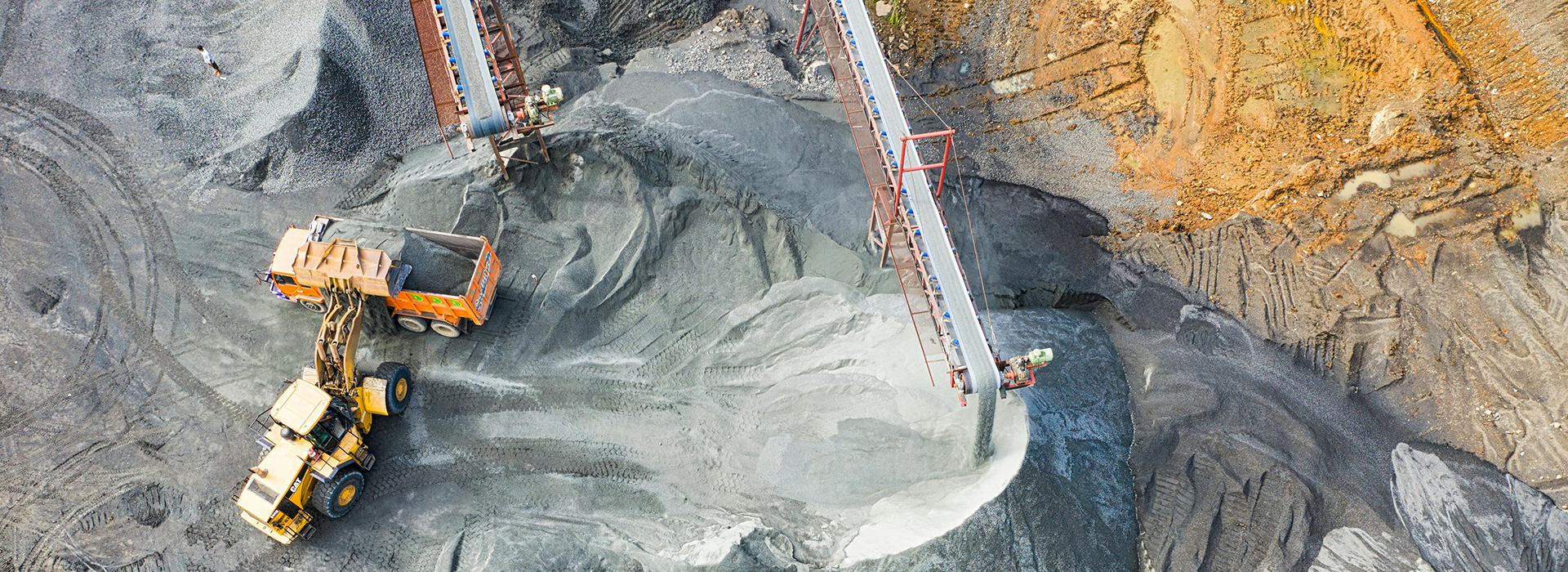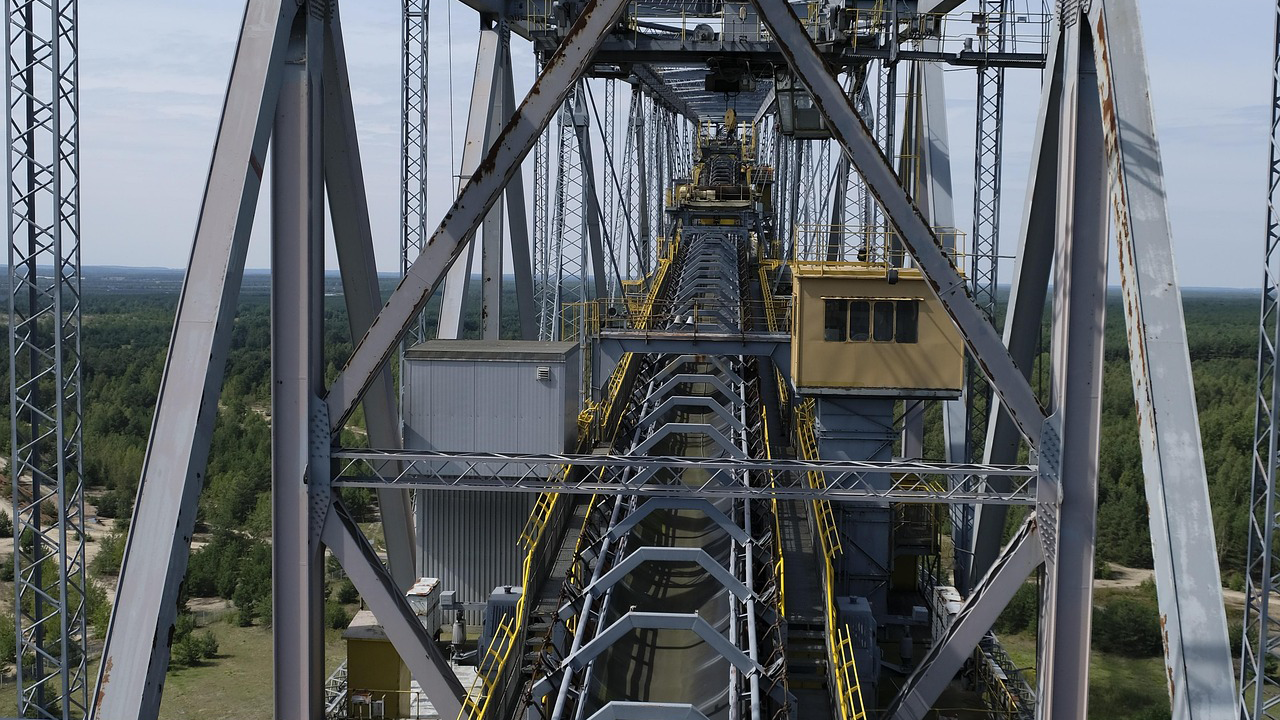
How to Do Maintenance on a Conveyor Belt?
2025-08-25 13:15The previous article mentioned some conveyor belt maintenance considerations. This article will delve deeper into how to maintain a conveyor belt.
1. Regular Inspection and Cleaning.
· Clean the conveyor belt: Regularly remove material residue, oil, or dust from the conveyor belt to prevent accumulation that could affect belt speed or cause wear. This can be done with an air blower, brush, or specialized cleaning equipment.
· Clean the drive and tensioning devices: The drive system and tensioning devices need to be cleaned to ensure smooth operation and avoid system failures caused by dust accumulation.
2. Check the conveyor belt tension.
· Conveyor belt tension is crucial to conveyor belt operation. Too loose or too tight can affect conveying efficiency. Regularly check the conveyor belt tension to ensure it is within the appropriate range.
· If the tension is too low, the belt may slip, resulting in unstable conveying. · If the tension is too high, it may cause excessive wear and increased energy consumption.

3. Check for deviation.
· During operation, the conveyor belt may deviate from the center due to uneven material distribution or improper installation. Regularly check the belt for deviation and adjust the guides promptly to keep the belt on track.
4. Lubricate the drive system.
· The drive system (such as the motor, reducer, etc.) requires regular lubrication. Use the correct lubricant or grease to ensure smooth system operation and reduce wear.
· Check and replace the lubricant to prevent drive system failure due to oil quality degradation or lack of lubrication.
5. Inspect and replace rollers and bearings.
· Rollers and bearings are critical components of the conveyor belt. Regularly inspect them for wear to ensure they are not excessively damaged. Lubrication and cleaning of bearings are also crucial to prevent belt breakage or uneven operation due to bearing failure.
6. Inspect the conveyor belt for wear and cracks.
· Regularly inspect the conveyor belt surface for cracks, wear, or damage. If any problems are found, repair or replace them promptly to prevent minor issues from becoming major failures.
· Special inspection equipment can be used to inspect the internal structure of the conveyor belt to ensure there are no potential problems.
7. Regularly inspect the electronic control system.
· Regularly inspect the conveyor belt's electronic control system (such as the inverter, sensors, etc.) to ensure they are functioning properly. Adjust the control system promptly to avoid conveyor belt overloads or downtime due to improper control.
8. Monitor operating data.
· Install monitoring equipment to record the operating status of the conveyor belt in real time, such as belt speed, current, and temperature, to detect abnormalities and make adjustments promptly.
9. Replace worn parts.
· Some conveyor belt components (such as rubber belts, rollers, and tensioning devices) will wear during use. If severe wear is observed, they should be replaced promptly to avoid affecting the overall operating efficiency of the system.
10. Train operators.
· Regularly train operators on proper operation and maintenance methods to reduce equipment failures caused by human error.
These maintenance measures can extend the service life of the conveyor belt, reduce downtime, and improve overall production efficiency.
